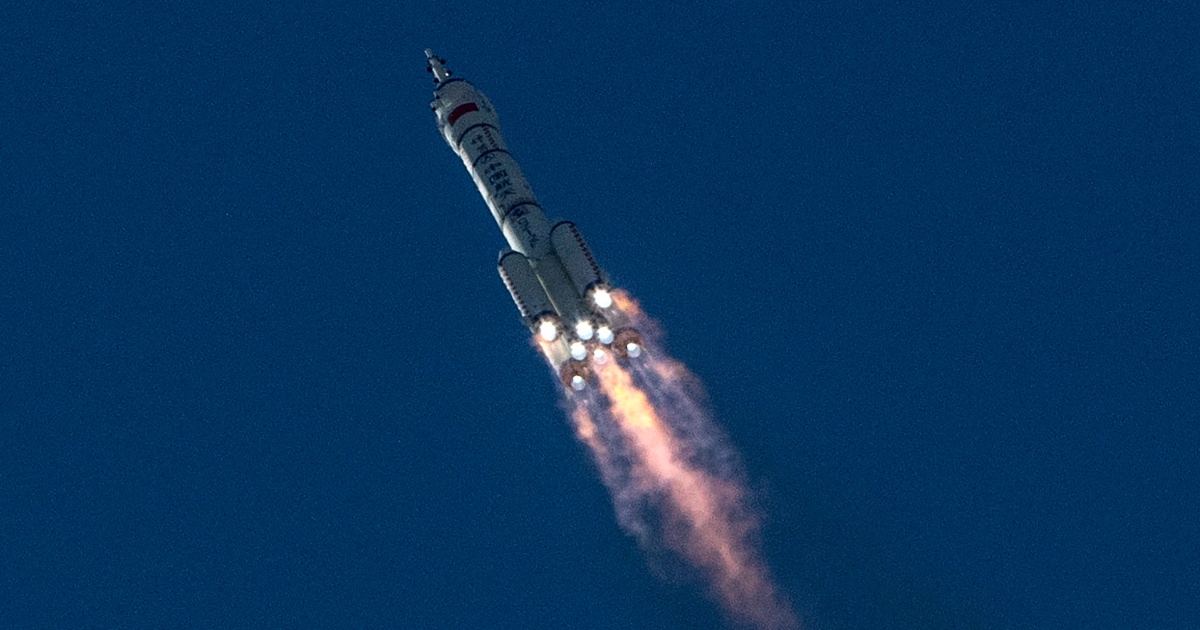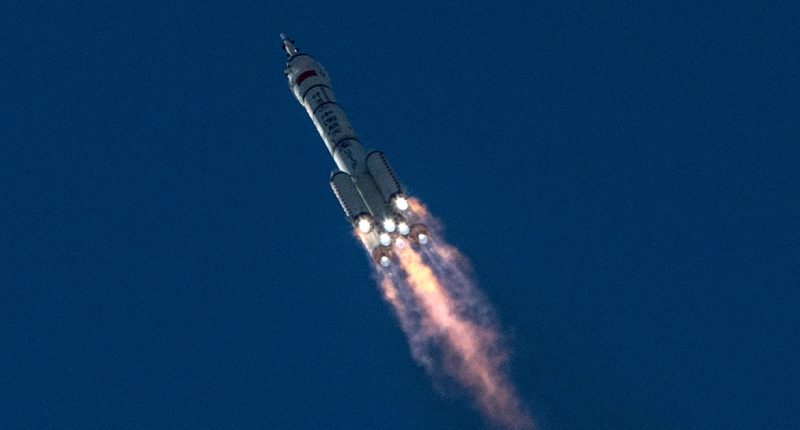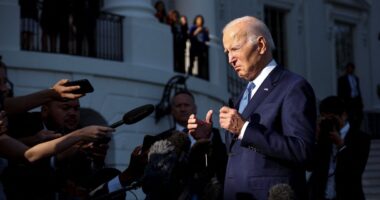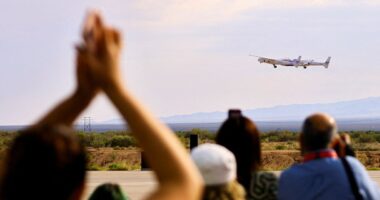
BEIJING — China on Thursday successfully launched a reusable robotic spacecraft for the third time since 2020, in a series of secretive orbital test flights that it says are aimed at developing reusable technologies to reduce space mission costs.
The uncrewed spacecraft was launched atop a Long March 2F rocket, the same rocket series used by China to transport its astronauts to space, at the Jiuquan Satellite Launch Center in northwest China on Thursday, according to state media.
The spacecraft will operate in orbit for “a period of time” before returning to a designated landing site in China. During its flight, reusable technologies will be “verified” and space experiments conducted, state media reported, giving no other details.
The last launch of the spacecraft was in August 2022. It returned to Earth after 276 days in orbit. No details were given on what technologies were tested or how high it flew. Images of the spacecraft have never been shown to the public.
China’s plans for a reusable spacecraft, dubbed by some as Shenlong, or “Divine Dragon” in Chinese, coincides with an equally secretive programme by the United States to fly an autonomous spaceplane known as the X-37B.
The Chinese launch on Thursday came hours after the countdown for a new launch of the X-37B was called off by SpaceX for a third time this week due to weather and technical issues at NASA’s Kennedy Space Center in Florida.
A new launch date has yet to be announced for the X-37B, which was poised to blast off on its seventh mission atop a SpaceX Falcon Heavy rocket capable of carrying the secretive robot spaceplane to a far higher orbit than ever before.
The Pentagon has disclosed few details about the mission, overseen by the U.S. Space Force under the military’s National Security Space Launch program.
But Space Force General B. Chance Saltzman told reporters at an industry conference this week that he expected China to launch Shenlong around the same time as the forthcoming X-37B flight, in yet another twist to the growing space rivalry between the two nations.
“It’s no surprise that the Chinese are extremely interested in our spaceplane. We’re extremely interested in theirs,” Saltzman said, according to Air & Space Forces Magazine, a U.S. aerospace journal.
“These are two of the most watched objects on orbit while they’re on orbit. It’s probably no coincidence that they’re trying to natch us in timing and sequence of this.”
The Boeing-built(BA.N) X-37B, roughly the size of a small bus and resembling a miniature space shuttle craft, is designed to deploy various payloads and conduct technology experiments in long-duration orbital flights.
On its previous mission, the uncrewed X-37B returned to Earth in November 2022 after more than 900 days in orbit.
China successfully launched its reusable spacecraft for the first time in September 2020 when it flew in orbit for just two days.
The development of reusable spacecraft is considered critical to eventually attaining the goals of increasing the frequency and lowering per-mission costs of spaceflight.
Source: | This article originally belongs to Nbcnews.com









